Sharing a few notes: High schoolers coaching younger string players one on one
|
Published: 05-07-2024 3:31 PM
Modified: 05-07-2024 6:28 PM |
AMHERST — Carefully holding and balancing his violin, 12-year-old Heedo Noh, a Fort River School sixth grader, gets a suggestion for positioning the bow so it runs straight across the strings as he practices G.F. Handel’s “Chorus from Judas Maccabaeus.”
“Good,” says junior Marisol Pierce Bonifaz, showing Heedo some of her own expertise from several years of playing violin, asking him to add more emotion. “That was great.”
In a practice room at Amherst Regional High School, such personalized instruction is helping Heedo enhance his skills in his third year since taking up the instrument.
“I really like this,” Heedo says. “I’m learning more notes and more strategies and stuff.”
For Bonifaz, whose own violin playing began in third grade, similar to Heedo’s, being able to share what she knows has been a good experience.
“I love it,” Bonifaz said. “I find it really empowering.”
She surprised herself in what she can offer, she adds: “I didn’t think I had enough knowledge to give.”
The students are part of what is called high school string tutoring taking place this spring, in which 10 orchestra students are instructing elementary school students for half-hour once per week. The tutoring continues a program begun during the last six weeks of the school year last spring, the brainchild of Noah Ferris, a high school junior who has been a cellist since he was 5.
Article continues after...
Yesterday's Most Read Articles
 ‘Delightful’ Northampton store shopping guide Jane Hertz, 88, seeking next gig
‘Delightful’ Northampton store shopping guide Jane Hertz, 88, seeking next gig
 ‘Whole campus’ approach: UMass working to help six students whose visas, status were revoked
‘Whole campus’ approach: UMass working to help six students whose visas, status were revoked
 Five UMass Amherst students have visas, student status revoked
Five UMass Amherst students have visas, student status revoked
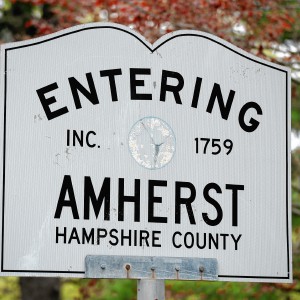 Amherst finance director to return to UMass
Amherst finance director to return to UMass
 ‘Hands Off’ protest: 5,000 people in half-dozen Hampshire County communities protest against Trump policies
‘Hands Off’ protest: 5,000 people in half-dozen Hampshire County communities protest against Trump policies
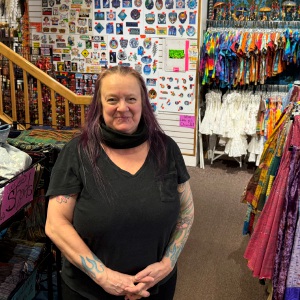 Long-vacant former Faces spot in Northampton gets new tenant
Long-vacant former Faces spot in Northampton gets new tenant
Ferris said he brought the idea to Yasu Suzuki, the orchestra director at both the high school and middle school, as a way of improving the elementary orchestra, helping students better reach their full potential by providing individual help, since much of the learning in elementary school is in group settings.
“They don’t get much one-on-one attention,” Ferris said, noting that his younger siblings are learning instruments at Fort River. “This is a way to give back to younger students, and to explore ways for students to be more prepared for when they come in for rehearsals.”
Especially with the cost of private lessons, “It’s very valuable to get one-on-one instruction,” he said.
Ferris elaborated on his own experience over 12 years, which has included lots of attention. “When I was learning, it was valuable to have private mentors provided to me,” Ferris said.
The cost of private lessons is one of the reasons Bonifaz got involved. She said there are many children throughout the district who want to play instruments, but whose families likely will find the out-of-school instructors cost-prohibitive. “Private instruction can be very expensive,” Bonifaz said.
Suzuki said the tutoring program is more critical than ever as earlier cuts in the elementary school were contemplated to the strings program which, had they been implemented, would have meant students starting an instrument a year later. He provided a survey to the elementary schools in early March to gauge interest in the tutoring.
The high school students can serve as an inspiration for the elementary school students, since most have followed the same path. It is also good for morale and self-esteem for the younger students, who get compassion from high schoolers who remember going through the same challenges and growing pains just a few years earlier.
“They seem to underestimate the power of their positive influence on the younger generation,” Suzuki said. “There’s something about learning from someone who’s a little bit older version of themselves.”
In another practice room, Milo Goffredo, a high school freshman, works with 11-year-old Reece Downes on violin to play Taylor Swift’s “Anti-Hero.”
Goffredo said developing technique is important. “Just being able to work on small things, one-on-one, is super-helpful,” Goffredo said.
Ferris, too, has been excited to see the students he has worked with grow over time and to see the next steps for a student to improve through practice.
“Ultimately, it’s about listening and what you want to hear,” Ferris said. “It’s been a kind of a learning curve to switch to instructing, but I feel like I’ve gotten better and more comfortable in that role.”
Scott Merzbach can be reached at smerzbach@gazettenet.com.







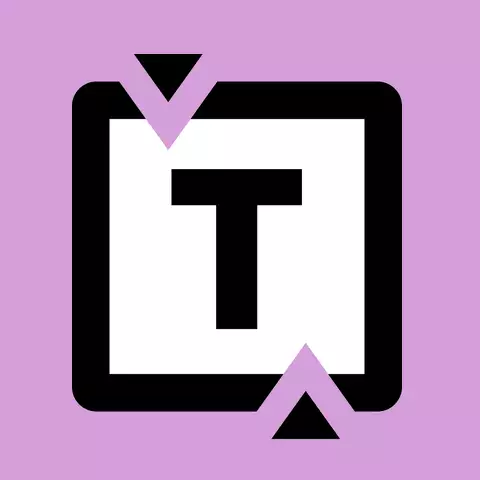


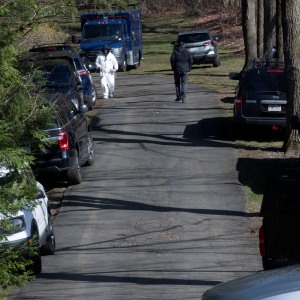 FBI conducts court-authorized investigation at Hockanum Road home in Hadley
FBI conducts court-authorized investigation at Hockanum Road home in Hadley  Northampton takes aim at renter-paid broker’s fees
Northampton takes aim at renter-paid broker’s fees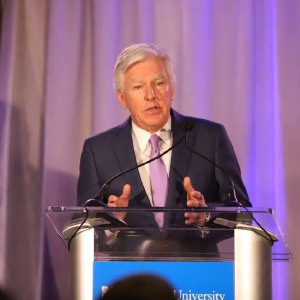 Q&A with UMass President Marty Meehan
Q&A with UMass President Marty Meehan
